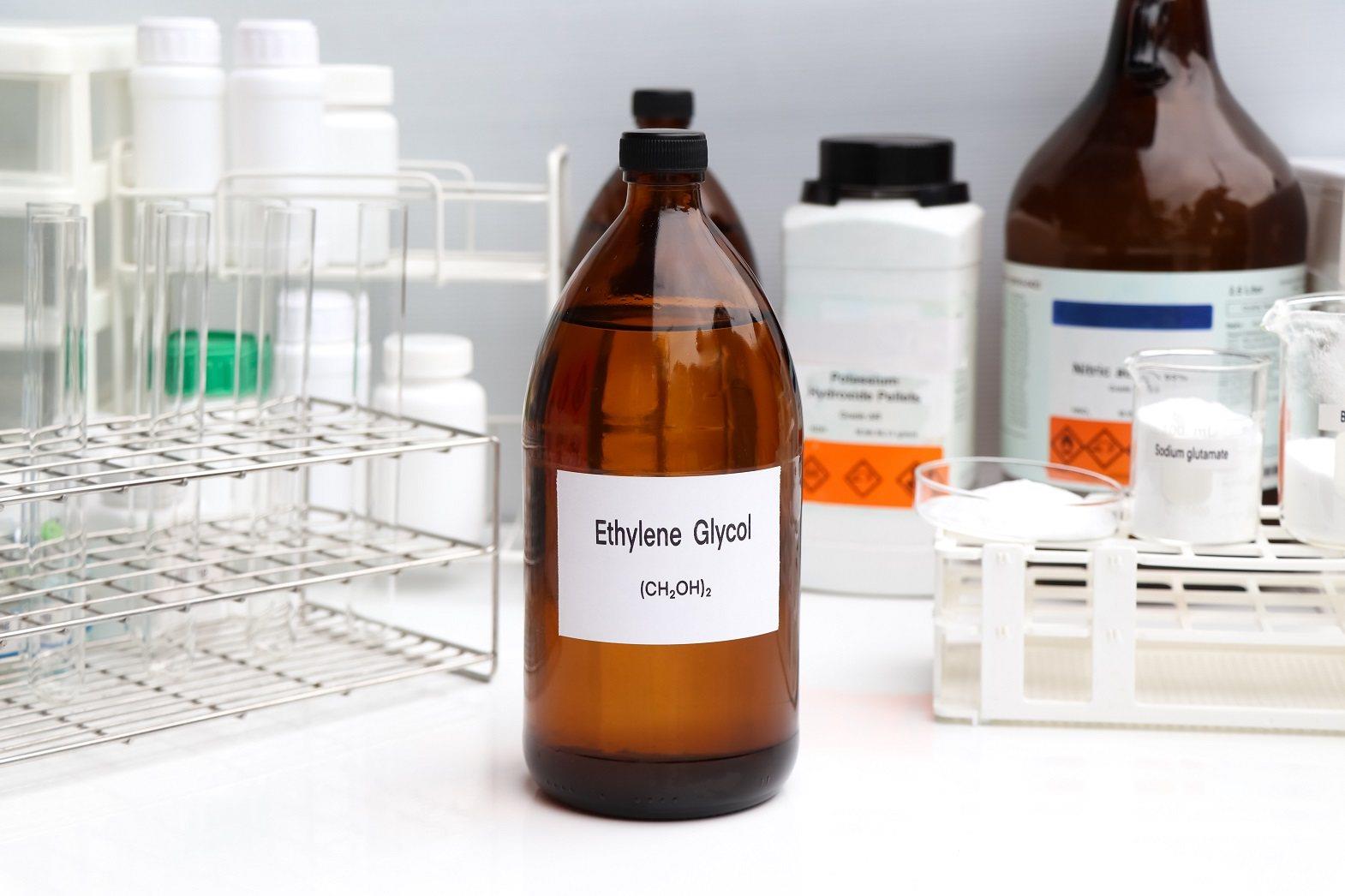It is odorless, colorless, syrupy liquid used in home textiles, food/drink containers, clothing, technical textiles, medical textiles and others. There are other MEG based products such as coolants used in automobile antifreeze, humectants for paper or tobacco. Cotton is the largest produced fibre in the world with production of 20 million tons/year. Polyester fibre stands second with approximately 18 million tons produced every year. Thus, polyester becomes the largest synthetic fibre used in the textile industry which directly increases MEG production and consumption.
On one side there is a shortage in cotton supply, on the other side there is a constant increase in the demand for fibre. Polyester has become a substitute in meeting the growing demand of fibres. While polyester filament yarn can be directly used for textiles, polyester staple fibre requires to be blended with other fibres before turning it into yarn.
According to a report, in the last century i.e. from 1900 to 1965 natural fibers like cotton and wool were globally dominant. The dawn of synthetic fibers started from the year 1970 but was produced in a very low quantity. From the data given in the graph, the production of MEG in the year 1970 was approx. 20 MMT (million metric tons). It increased to approx. 28 MMT in the year 1980. Further in 1990, the production increased to approx. 37 MMT. There was again a rise in the production which reached to 50 MMT in the year 2000.
In the year 2010, it reached approx. 65 MMT. Thus, it can be concluded that there has been a steady growth in the production of MEG since 1970. Moreover, it is estimated that this growth will continue and the MEG production will reach approx. 75 MMT in 2015 and touch approx 86 MMT by 2020. The growth we see in the production of MEG is due to the increasing use of MEG in non-apparel applications.
The growth of polyester fibre was 6.6% whereas other fibres were 1.3%. From the above graph, it can be said that cotton and natural fibers growth rate was more than polyester fiber from the year 2000 to 2002. Gradually, cotton and natural fibers took a backseat and the growth of polyester fiber kept constantly increasing. This indirectly points out the growth rate of MEG also. The growth of polyester is led by the increasing demand of MEG.
MEG consumption by region
It is estimated that by 2015, China will be the largest MEG consumer in the world with approx. consumption of 14 MMT. The second place will go to Asia (non China) with a consumption of 5 MMT, whereas it is estimated that Europe will consume approx. 3.8 MMT, North America approx.2.2 MMT and Latin America with approx. 1 MMT in 2015.
The global demand for MEG in 2013 was 23.9MMT. China has the largest share of 49% in the total global MEG demand. America 13%, Europe 9%, MEIP 12% and other Asian countries with 17% share in the global demand. According to the available data, one can find that the capacity of MEG is growing but it is not enough to meet the global demand growth. The forecast of MEG capacity for each region shows that Asia will lead with a capacity of 15000 KTA (Kilo Ton/annum), America with a capacity of 5800 KTA, Europe with capacity of 2000 KTA and MEIP with a capacity of 11800 KTA.
The major producer as well as exporter of MEG in the world is Saudi Arabia. Saudi Arabia controls around 30% of the global production of MEG followed by countries like China, Taiwan, U.S, Canada, Kuwait, Korea and India. Moreover, China is the largest importer of MEG in the world followed by U.S. India and EU.
One can analyze the MEG trade flow for the year 2013 from the above graph. While Canada, Middle East and Rest of Asia have surplus of production compared to the demand of MEG, Europe, U.S. & Mexico, Latin America, China and India are showing shortage in production compared to the demand. However, MEG supply and demand is balanced in the year 2013 as the countries with surplus production takes care of the countries with less MEG production.
The price trend forecast for MEG shows that in the past two decades the price of MEG has shot up. In the year 2010, the price of MEG fell down to 600 US$/MT (Metric ton) from 1100 US$/MT. However, in 2013 it reached to 1000 US$/MT. It is estimated that by the year 2023, it will reach 1300 US$/MT.
If the cost of production of different fibers is calculated, polyester fiber is the most affordable fibre compared to cotton, Poly-olefins, acrylic, nylon or silk; silk being the most expensive one! It has been noted that the value of MEG is on an increasing trend. Today, the textile industry and other industrial sectors focus on health awareness, smart sensor fabrics, innovation, wearable technology, brand differentiation, life style changes, etc. for their product development. MEG touches human life in almost all areas and therefore in today's time it can be rightly called 'Support system for human life '.
References:
- Ril.com
- MEGlobal








Comments